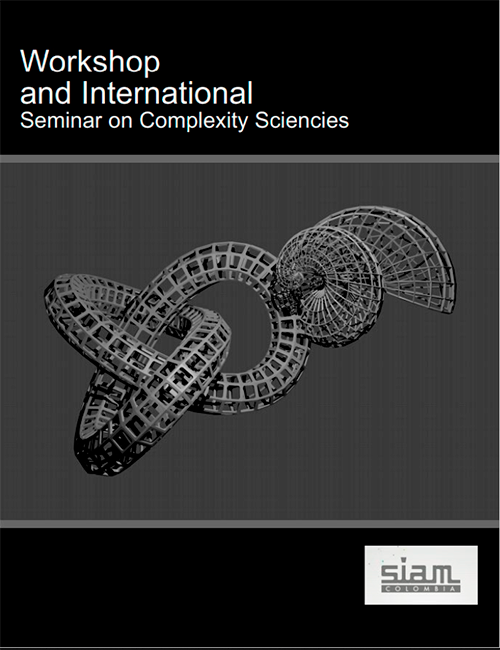We present a hybrid algorithm based on Genetic Algorithms and Discrete Event Simulation that computes the algorithmic-optimal location of emergency resources. Parameters for the algorithm were obtained from computed historical statistics of the Bogotá Emergency Medical Services. Considerations taken into account are: (1) no more than a single resource is sent to an incident, (2) resources are selected according to incidentpriorities (3) distance from resource base to incident location is also considered for resource assignment and (4) all resources must be used equally. For every simulation, a different set of random incidents is generated so it’s possible to use the algorithm with an updated set of historical incidents. We found that the genetic algorithm converges so we can consider its solution as an optimal. With the algorithmic-optimal solution we found that arrival times are shorter than the historical ones. It’s also possible to compute the amount of required resources to reduce even more the arrival times. Since every Discrete Event Simulation takes a considerable amount of time the whole algorithm takes a heavy amount of time for large simulation time-periods and for many individuals for generation in the genetic algorithm, so an optimization approach is the next step in our research. Also, less restricted considerations must be taken into account for future developments in this topic.
Palabras clave:
Genetic Algorithms, Discrete Event Simulation, Hybrid Modeling, Emergency Medical Services, arrival time, Optimization




